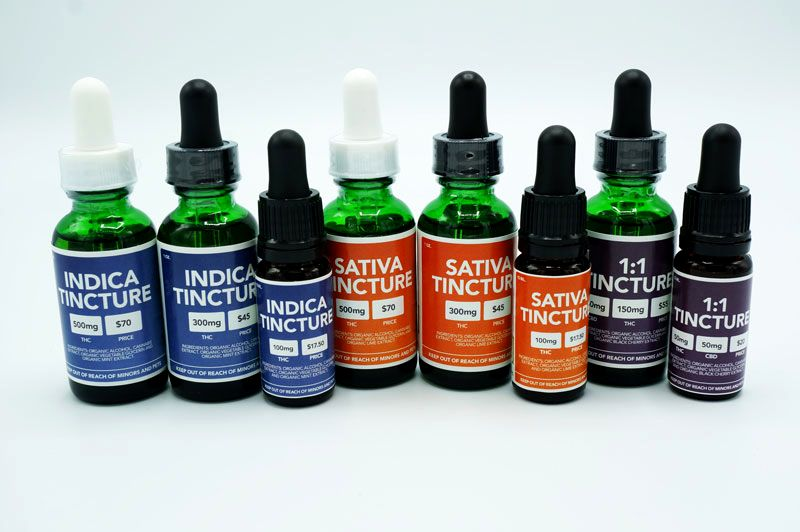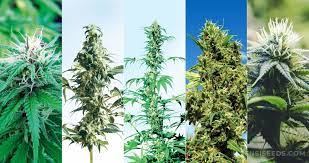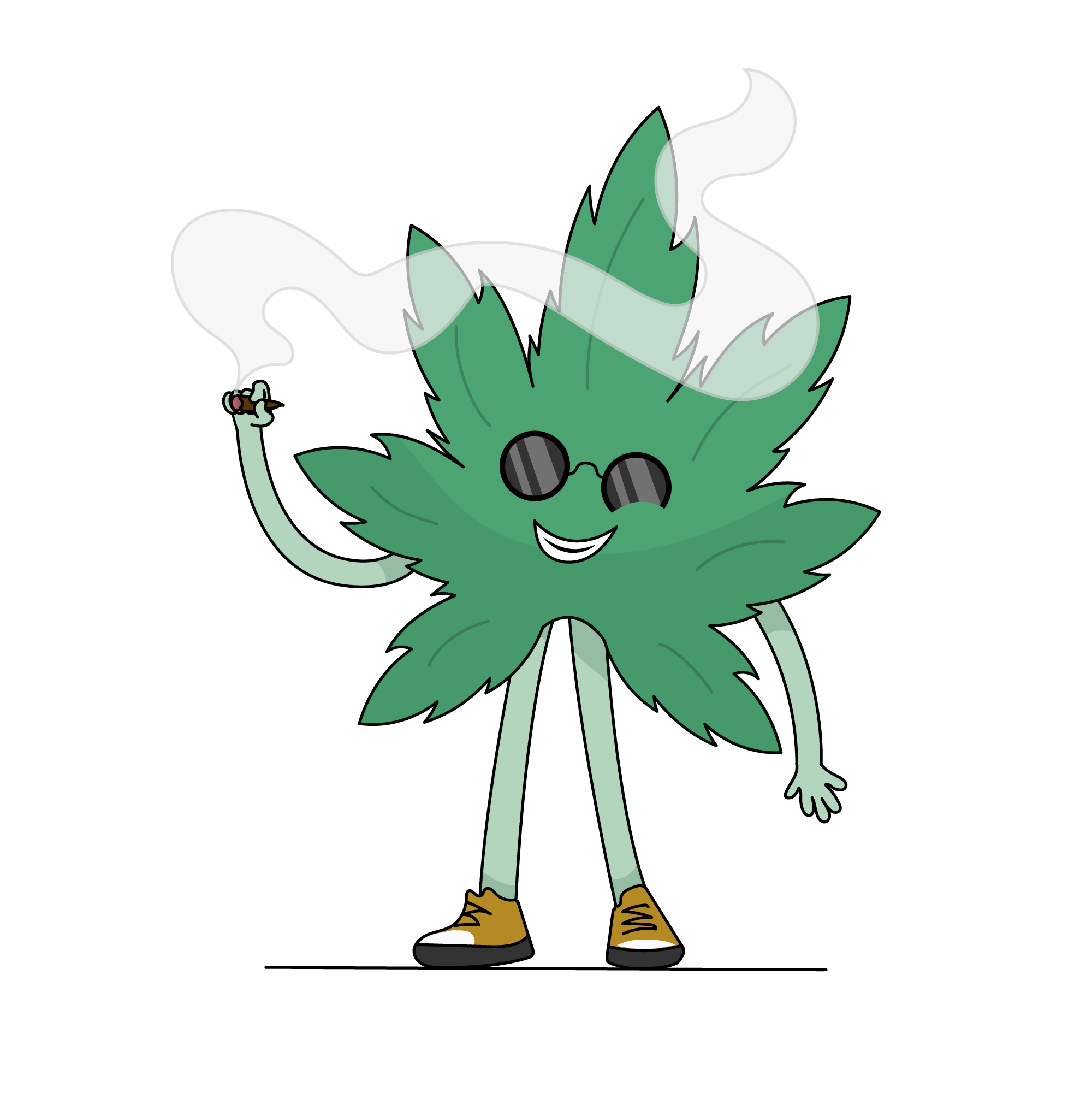
Edibles
Introduction
The possibilities for edibles are endless.
Whether you want to experiment with a new strain of cannabis or find something
that fits your lifestyle, dispensaries often carry various edible products.
Fruit gels
Fruit gels can
be made with any fruit, but the most common are strawberry and blueberry. They
are a fruit puree cooked down until it becomes a gel.
Fruit gels are made using the same process
as Jell-O, but without all the artificial coloring and flavorings you find in
Jell-O or even canned pie fillings.
Fruit gels can be eaten with a spoon or
stirred into smoothies for added flavor and sweetness.
Waxes and shatter
Shatter
is a type of hash oil that has been heated to a very high temperature and then
cooled quickly, causing it to become stiff and brittle. The result is a product
that looks like glass shards, hence the name.
Shatter has been the main product used in
cannabis concentrates since it was invented in 2008 by Colorado-based
extraction artist Rick Simpson.
Like many other creative types inspired by
his work, I decided to try making my shatter at home using his recipe.
My first batch came out great. It looked
beautiful and had excellent flavor but wasn't exactly stable. After only being
exposed to air for 24 hours, my shatter had already started forming crystals on
its surface due to moisture trapped inside (known as "water spots").
This meant I would have needed storage
conditions similar to those used in museums: constant dryness with no light or
oxygen exposure whatsoever.
That was not practical for somebody living
in an apartment! So if you want your concentrate creations preserved for any
length without having them go bad on you (or worse yet, be destroyed), here are
some tips from my experience making concentrates using professional-grade
equipment over the last couple of years.
Lozenges
Lozenges
are cannabis edibles that are eaten like a pill. They're made with THC or CBD
and can be flavored any way you want.
The consistency of lozenges is quite
flexible: you can use honey or sugar to soften the hard vegetable oil in which
the cannabinoids are extracted and then mold it into different shapes.
Alternatively, you could use a hard candy
shell with melted chocolate inside as a base for your lozenge recipe (this will
make it taste even better).
You can also make them from home by
combining some vegetable oil with waxes and alcohol infused with cannabis
extractions but keep in mind that this will result in harder-to-eat lozenges.
You'll need something like an ice cream
scoop or cookie cutter if you want perfect ones every time.
Tinctures
Tinctures
are cannabis-based extracts that can be taken orally. They're typically made by
soaking cannabis flowers in a solvent such as alcohol or glycerin for some time
(usually several hours) and then straining the plant matter.
When adequately prepared, tinctures can be
used to treat a wide variety of ailments, including pain, anxiety, insomnia,
inflammation, and appetite loss.
While tincture production is
straightforward, it only involves dissolving cannabinoids into an alcohol
solution. There are a few more things to talk about when making your tincture
at home:
Capsules
They are among the most popular ways to
consume edibles because they're exceptionally discreet and sometimes even
tasteless.
Capsules can be made from gelatin,
vegetarian capsules, or vegan capsules. You may also see them referred to as
"gel caps."
Capsules are an excellent way to dose
edibles because you don't have to worry about how much THC is in each capsule
and how you'll feel after taking them. If a person doesn't like the taste or
smell of marijuana, they can use this method, so they don't have to be
concerned.
Topicals (lotions, creams,
balms, and patches)
Topicals are
used to relieve pain and, inflammation, muscle tension, promote healing of
wounds, and relieve arthritis pain. They come from lotions, creams, balms,
patches, and ointments.
A wide variety of edible and
product types are available in dispensaries.
The variety of edible and product types
available in dispensaries depends on the dispensary. In some areas, it’s
possible to find edibles with up to 70 milligrams of THC, but most states have
a limit of 10 mg per serving (or 100 mg for all-inclusive products).
You must always follow local laws when
purchasing and ingesting cannabis.
Conclusion
We hope this article has given you a better
understanding of the various edibles available in dispensaries, and we
encourage you to try them all.
Edibles can be a safe and enjoyable way to
consume cannabis if the recommended dosage is followed.
If you want to study more about using
edibles, or if you're interested in trying them out for the first time, talk to
a medical professional who is knowledgeable about cannabis.


